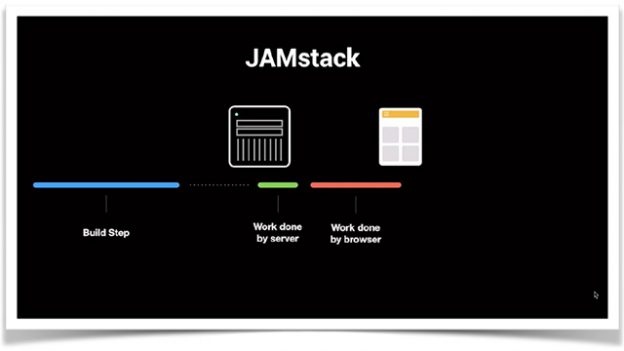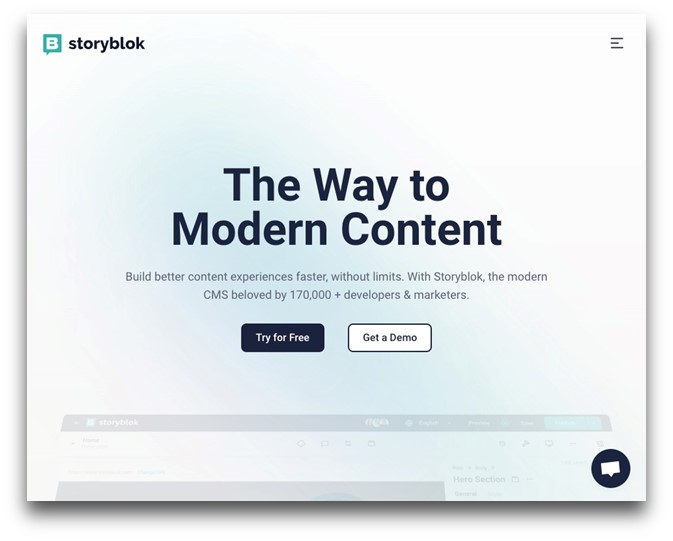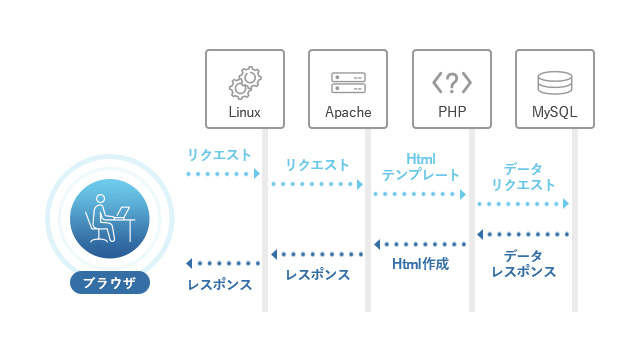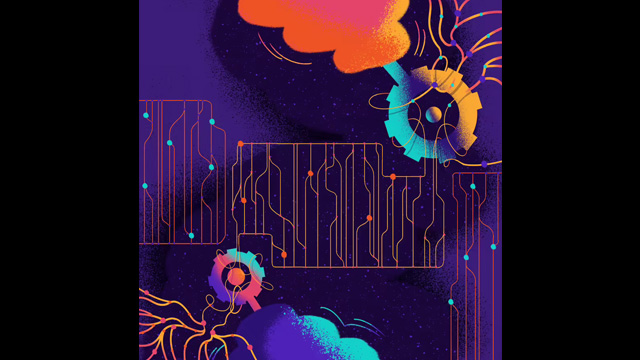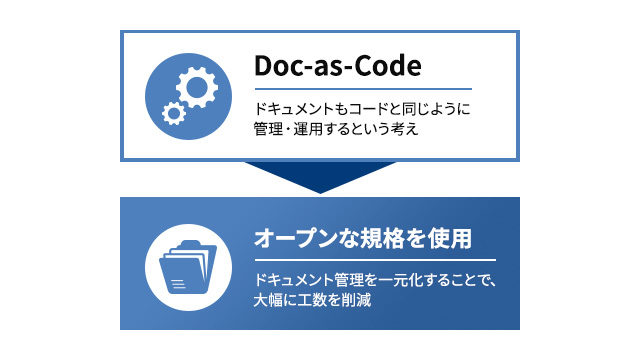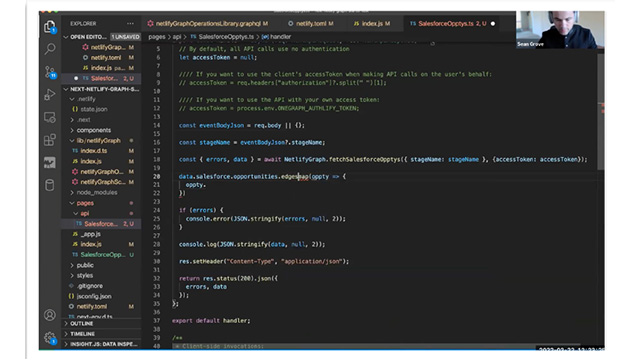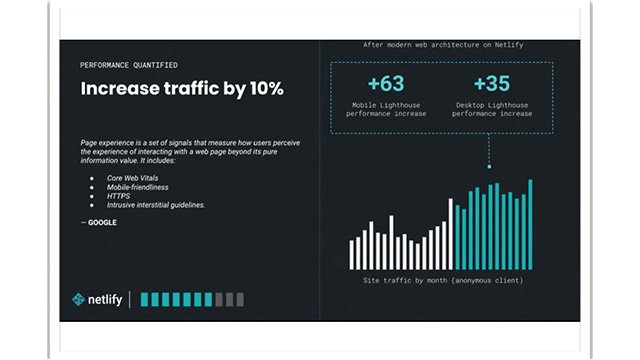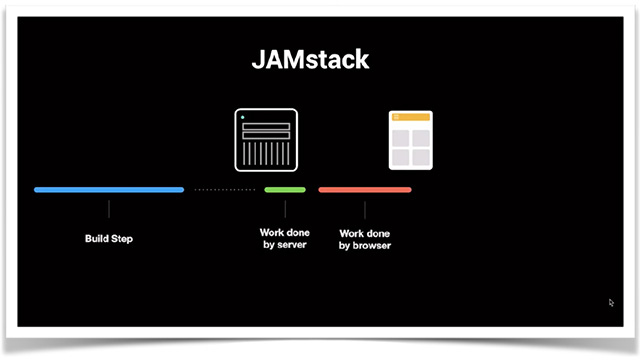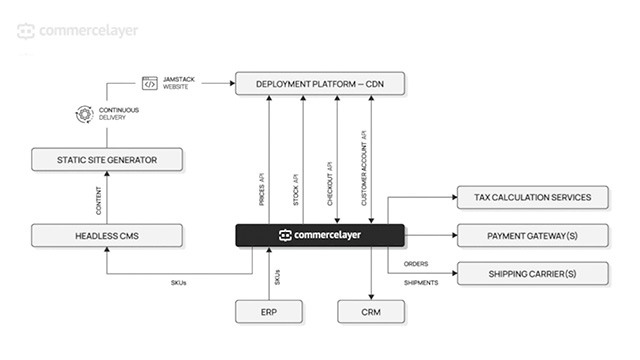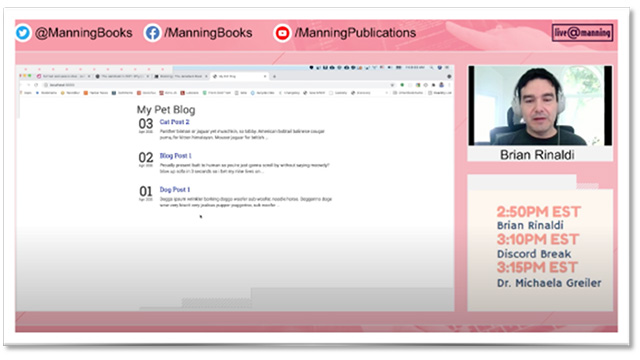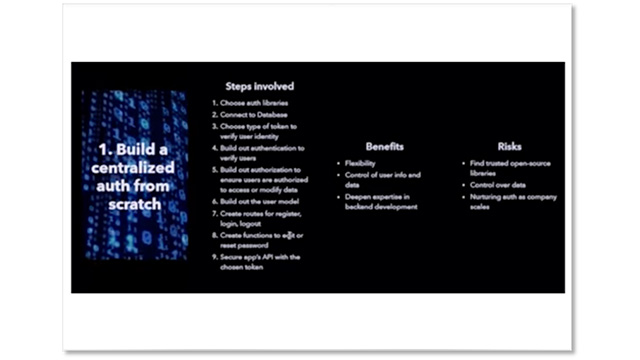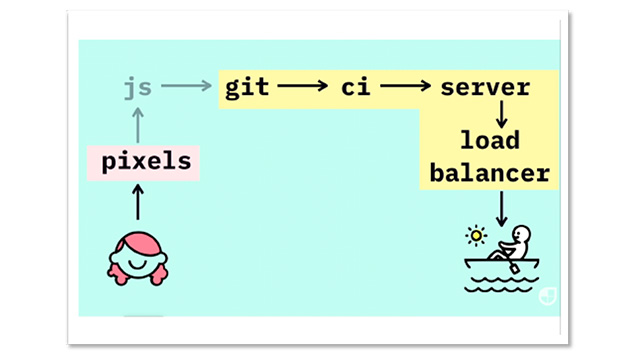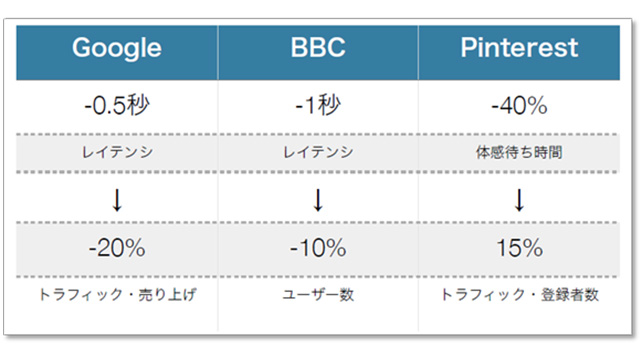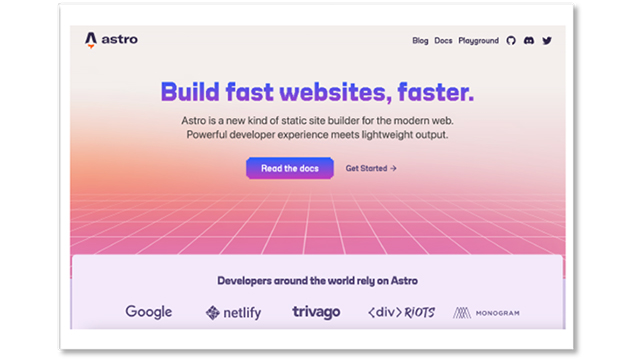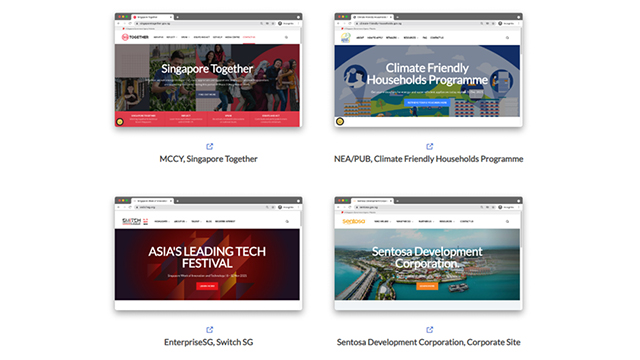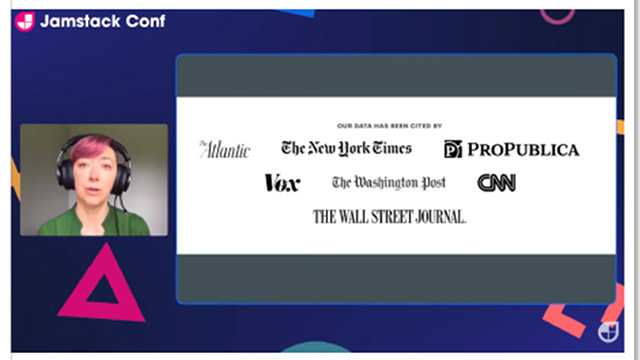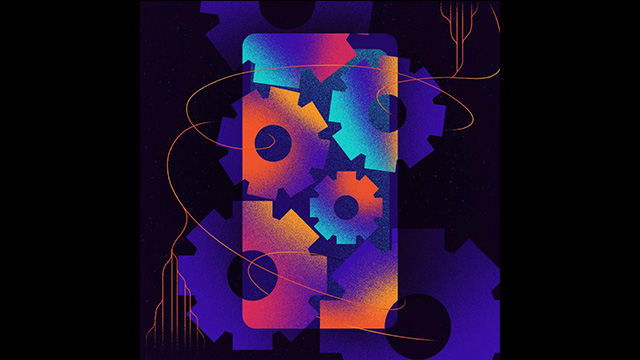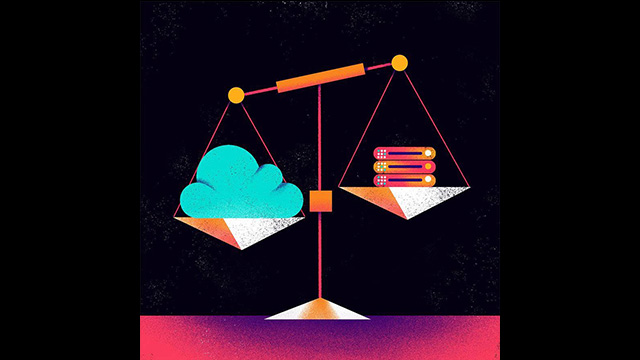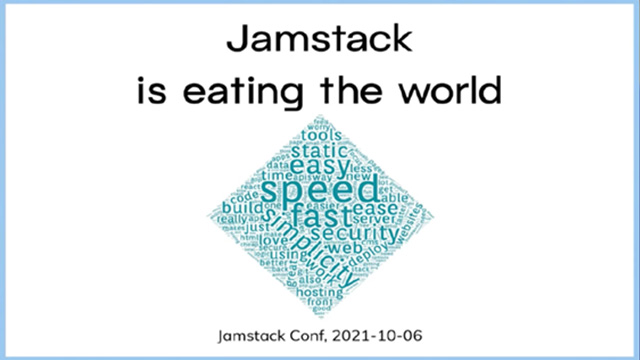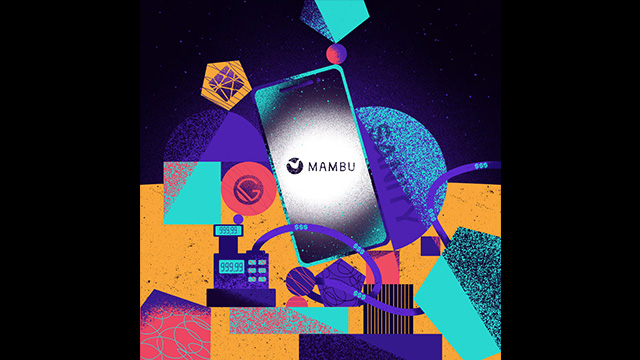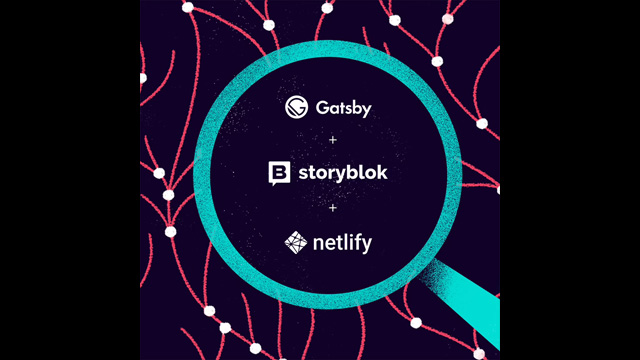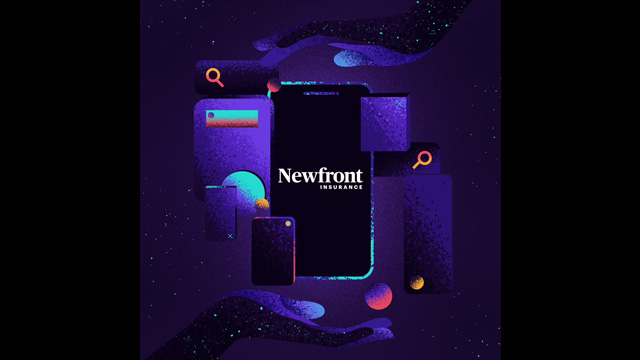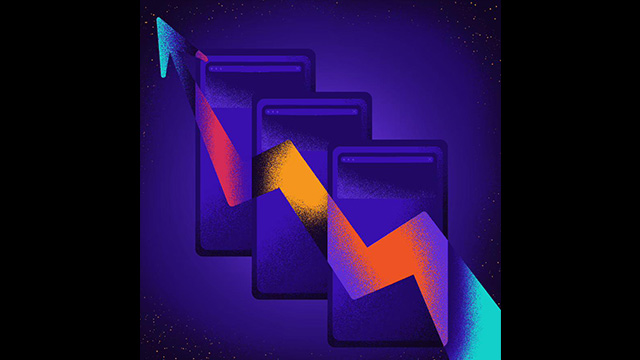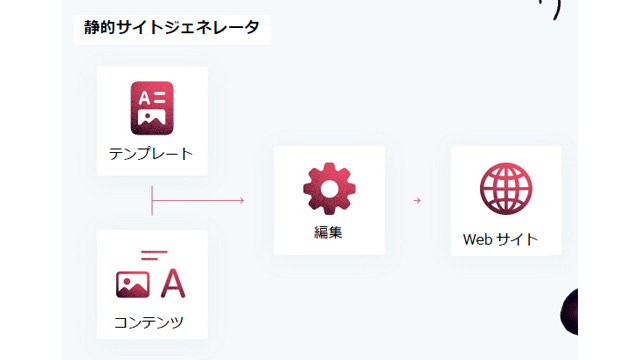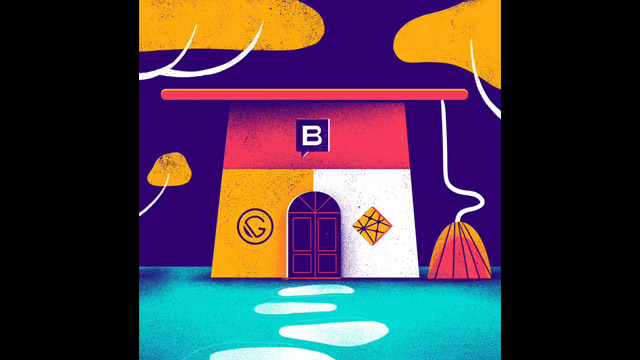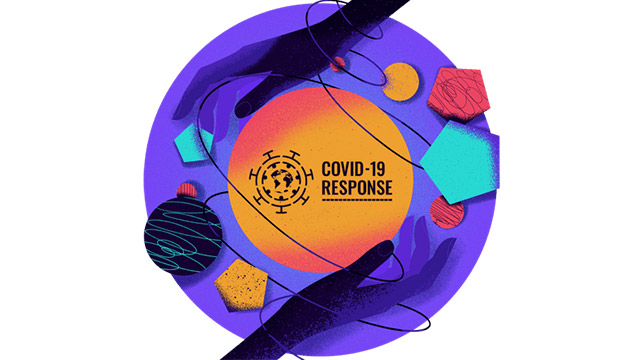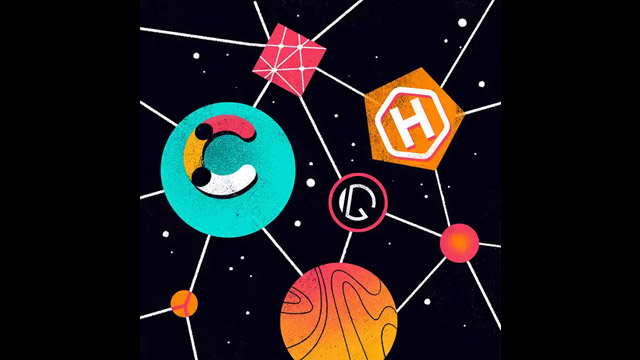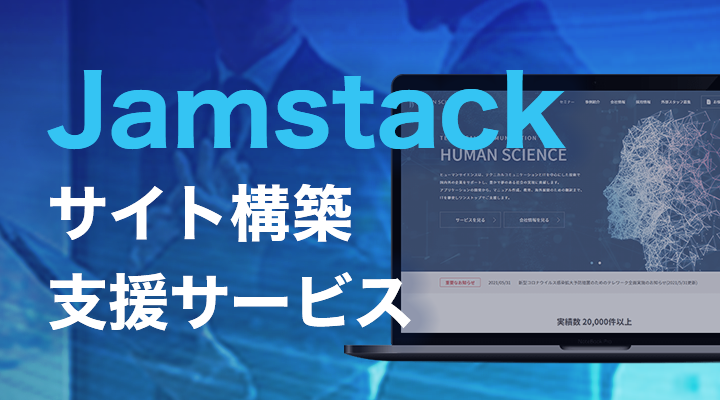This time, we will introduce the content of "The Jamstack and Your Data" from the presentation held at "Prisma Day"!
Prisma, providing open-source ORM services.
In June 2022, a two-day conference themed around modern application development and its databases was held, hosted by Prisma.
This time, we will introduce "The Jamstack and Your Data" from the presentation held there.
Mathias Biilmann, the CEO of Netlify, spoke about "How Jamstack Changed the Relationship Between Data and Web Services".
- Table of Contents
What is Jamstack?
The term Jamstack
- JavaScript
- API
- Markup
It is derived from the initials of each.
However, it has now evolved to refer more to philosophy and architecture than to technology.
Many people actually think, "Isn't Jamstack just a framework for static site generators?"
However, that is just one aspect of Jamstack and is by no means a core part.
The core of Jamstack is...
The server is mostly (or not at all) operational during runtime.
The role of the server is simply to pass the HTML, CSS, and JavaScript generated by the CDN to the browser.
All subsequent processing will be delegated to the browser.

The significant difference from conventional methods is...
You can focus on the build step before the process is delegated to the browser.
By generating the code as early as possible and communicating with the API as early as possible, the subsequent processes will be handled smoothly.
Such ecological mechanisms lead to improved performance, ultimately resulting in the best user experience.
Jamstack Ecosystem

In the case of a traditional configuration, developers are aware of things like this.
- Is the server running?
- How to access?
- Is a load balancer necessary?
- Should we prepare another device and take one offline during the update?
- Is the software updated to the latest version?
And so on... the worries never end.
As long as we throw processing to the server, we will never be free from these concerns.
An ecological system called Jamstack has emerged, changing the situation completely!
With services like Contentful and tools like Gatsby, there is no need to worry about the API layer.
This approach ensures that the necessary resources are always available for use.
Example of Product Page

For example, a typical product introduction page.
What should I do to generate this page?
1. Call the following information from the API and generate the product introduction page in advance.
- Inventory Management
- Size Variations
- Number of stars from customers
- Price
- Related Products
2. Use JavaScript only for the dynamic processing as described below.
- Search
- Introduction of Recommended Products
By preparing the pages in advance as much as possible, dynamic movements can be processed smoothly, allowing users to experience a light and fluid interaction.
Transformation of Data Models

This change has influenced the way we think about building databases.
➢ Conventional Thinking
Own applications, own databases
➢ New Ideas
Own front-end, own data (not a database)
Until now, developers have focused more on the actual programs and data themselves than on
- Which database to choose?
- How to take a backup?
- How much disk space should be allocated?
You may have often been distracted by such things.
However!
With Jamstack, you don't have to worry about such things.
You only need to pay attention to the data itself and the methods to obtain it.
This signifies a departure from the traditional notion that "all data is stored in a single database."
Future of Data Models
However, new ways of thinking also have their drawbacks.
Data is managed by service (meaning that the data storage is distributed), which leads to data fragmentation.
For example, product information data is stored in Shopify, while subscription information data is stored in Stripe.

What is expected here is a service like a unified query layer that allows for cross-querying of data that is managed separately.
For example, TakeShape is a service that allows you to retrieve data separated into Shopify and Contentful as a single layer using GraphQL.
This allows users to have an experience as if they are retrieving data from a single database.
As this trend progresses, services built entirely on Jamstack will no longer require their own applications or servers.
Only the front end and various APIs are available. No database or server is needed. Data is stored in each service.
How will the methods for connecting those disparate data be established in the future?
Ultimately, I believe we will reach a point where we no longer have to be conscious of such things.
I hope it evolves like that in the near future!
Summary
The design philosophy of Jamstack is significantly different from traditional approaches.
Focusing on the data itself rather than a box where the data is stored will lead to high-quality application development.
However, it cannot be denied that there is a drawback of data fragmentation.
For example, if you want to recommend specific products from Shopify to people who are subscribed to a monthly membership with Stripe, you need to connect them on the program side.
It is encouraging to see that services like a unified query layer are being developed to eliminate such hassles.
Although it can still be considered a transitional phase, once the service is established, Jamstack will be recognized as a design philosophy and system supported by more developers!
Thank you for reading until the end.
Human Science Co., Ltd. provides solutions for web content and platforms using a unique combination of "document production know-how" and "the latest web development technology (Jamstack)" that is not available from other companies.
If you are interested, please feel free to contact us here!
Human Science Co., Ltd.
https://www.science.co.jp/document/jamstack.html
Source of this document: https://www.youtube.com/watch?v=2E9yTIeMavg&t=1064s

